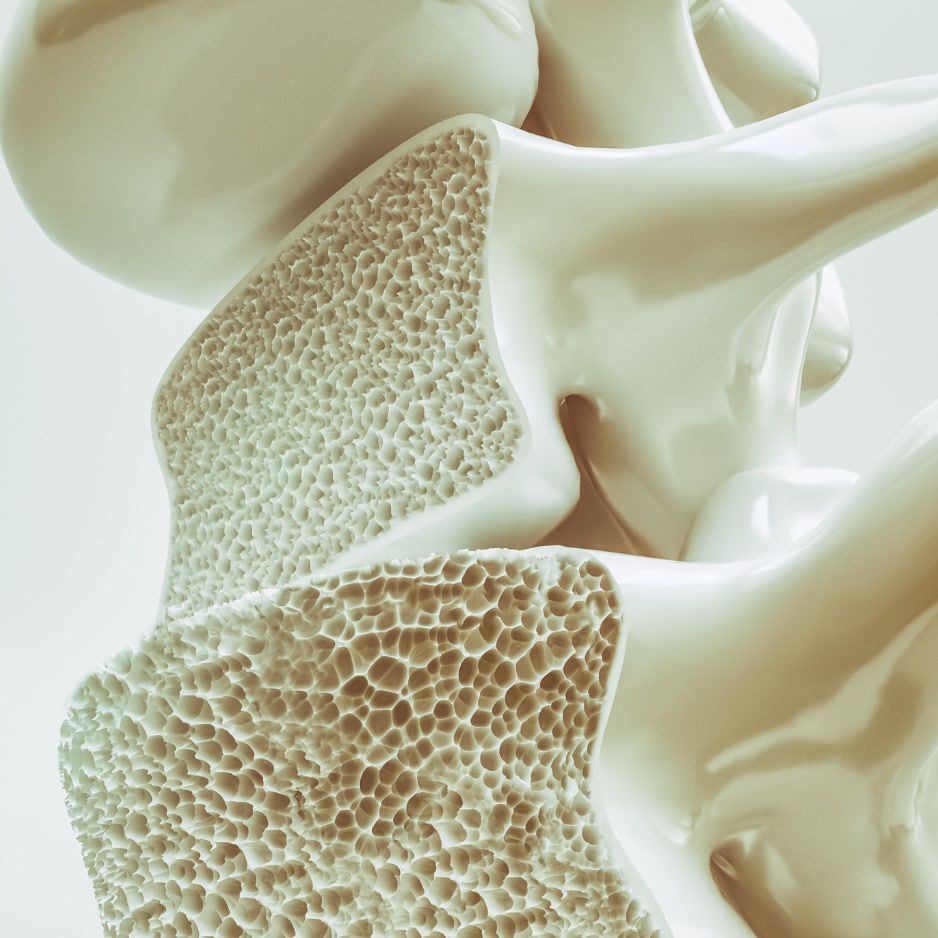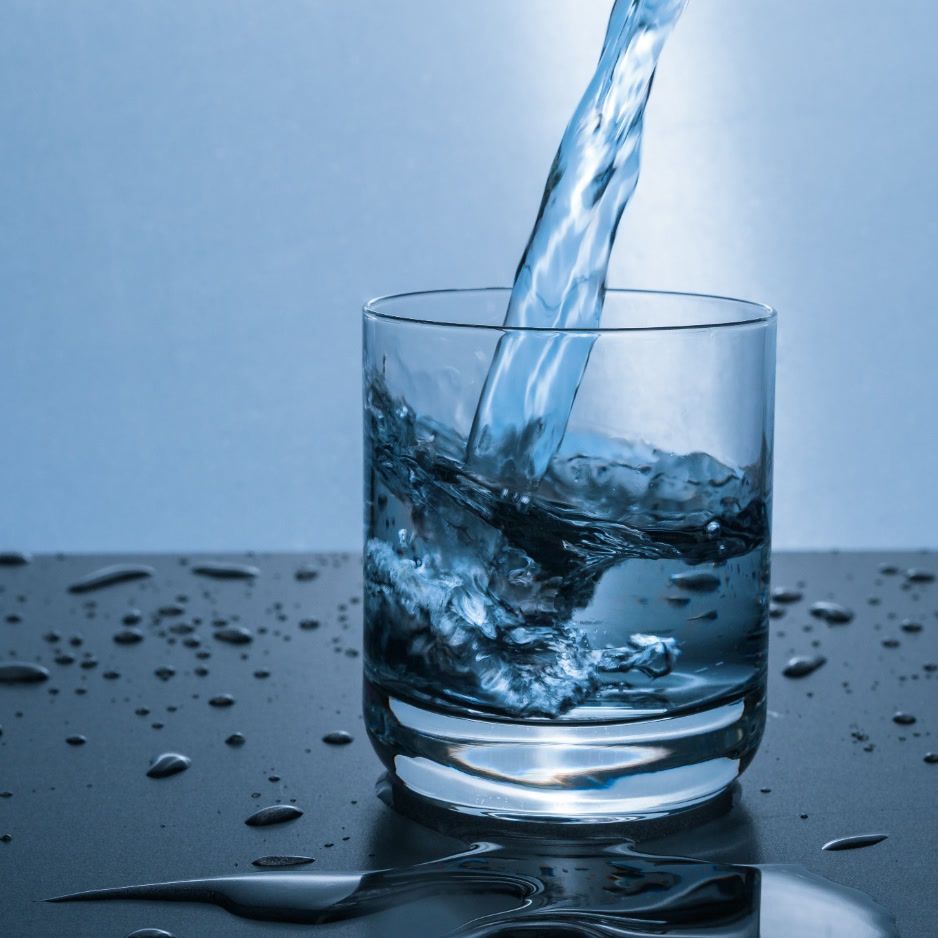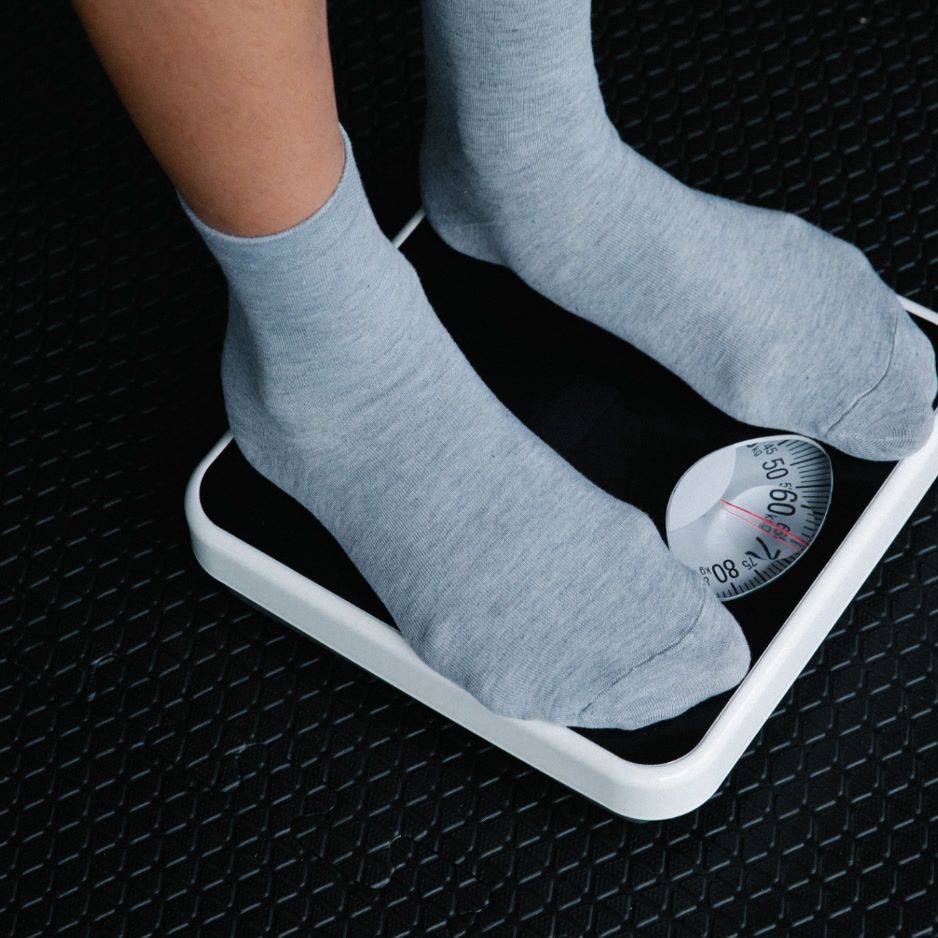Body Fat Percentage Chart Explained
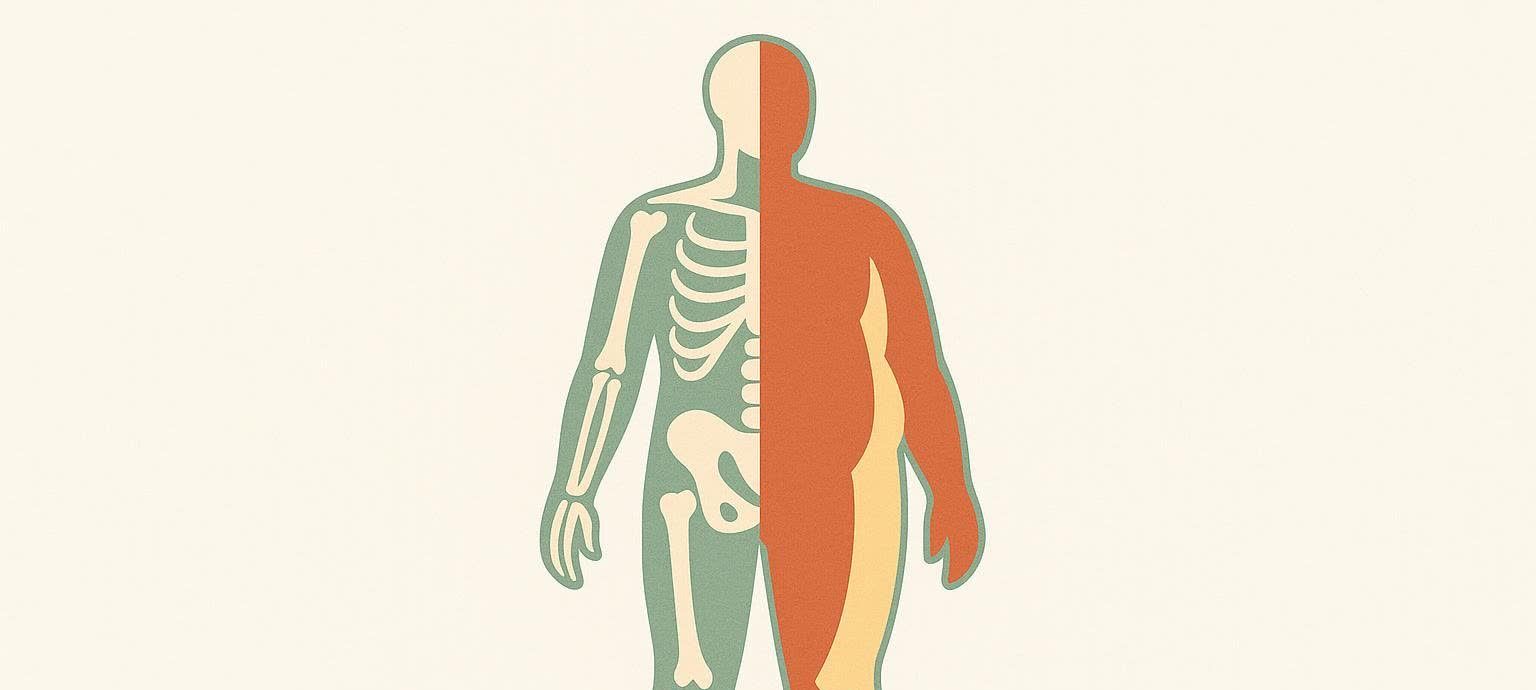
Body Fat Percentage Chart: Age, Sex & Fitness Level Explained
Updated July 2025
Keeping tabs on your body fat isn't just a vanity metric—it's a window into heart health, metabolic efficiency, and even hormone balance. But once you have a number, the next question is inevitable: Is that good, bad, or somewhere in-between?
This comprehensive guide breaks down the latest research-backed body-fat percentage charts by age and sex, shows you how different measurement methods influence those numbers, explains detailed calculation techniques, and—crucially—explains what to do with the information.
Body fat percentage measures the proportion of fat tissue in your body compared to lean mass, providing a more accurate health indicator than weight or BMI alone.
Quick take: For most adults under 60, an acceptable body-fat range is 14–27 % for men and 21–34 % for women. If you fall outside that band, keep reading for context, caveats, and action steps.
How to Read a Body Fat Percentage Chart
Unlike BMI, which only divides weight by height, body-fat charts rely on body composition—the relative amounts of fat, lean tissue, and bone. Over the years, our understanding of body fat percentage and its significance has evolved significantly. In the past, body weight and BMI were considered the primary indicators of health. However, BMI does not take into account muscle mass, which can lead to misclassifications of individuals who have higher muscle mass but a healthy body fat percentage.
The American Council on Exercise (ACE) and CDC supply the most-referenced cut-offs, with advancements in research and technology providing more accurate methods to measure body fat percentage. Today's measurement techniques range from simple calculations to sophisticated imaging, each with distinct advantages and limitations.
Why body-fat ranges differ by sex

• Biology: Women need more essential fat (≈10–13 %) for fertility and hormonal health, while men can function on as little as 2–5 % ACE. Essential fat is crucial for various bodily functions, including hormone production, vitamin absorption, and insulation.
• Fat distribution: Men store proportionally more visceral (belly) fat, while women carry more subcutaneous fat. Visceral fat surrounds internal organs and is more metabolically active, while subcutaneous fat is located just beneath the skin. Excess visceral fat is strongly linked to higher risks of heart disease, stroke, and type 2 diabetes CDC – Preventing Chronic Disease, making it more harmful than subcutaneous fat.
• Aging: After around 40, average body-fat percentage tends to increase with age as muscle mass declines—a process called sarcopenia—unless countered with resistance training StatPearls – Sarcopenia. See our strength-training guide for healthy aging.
Body Fat Percentage Chart for Men

| Age Group | Essential | Athletic / Fit | Acceptable | Obese |
|---|---|---|---|---|
| 20–29 | 2–5 % | 6–13 % | 14–24 % | ≥25 % |
| 30–39 | 2–5 % | 6–14 % | 15–25 % | ≥26 % |
| 40–49 | 3–6 % | 7–15 % | 16–26 % | ≥27 % |
| 50–59 | 3–7 % | 8–16 % | 17–27 % | ≥28 % |
| 60+ | 4–8 % | 9–17 % | 18–28 % | ≥29 % |
Sources: ACE classification + CDC NHANES 2017–2020 mean values.
Body Fat Percentage Chart for Women
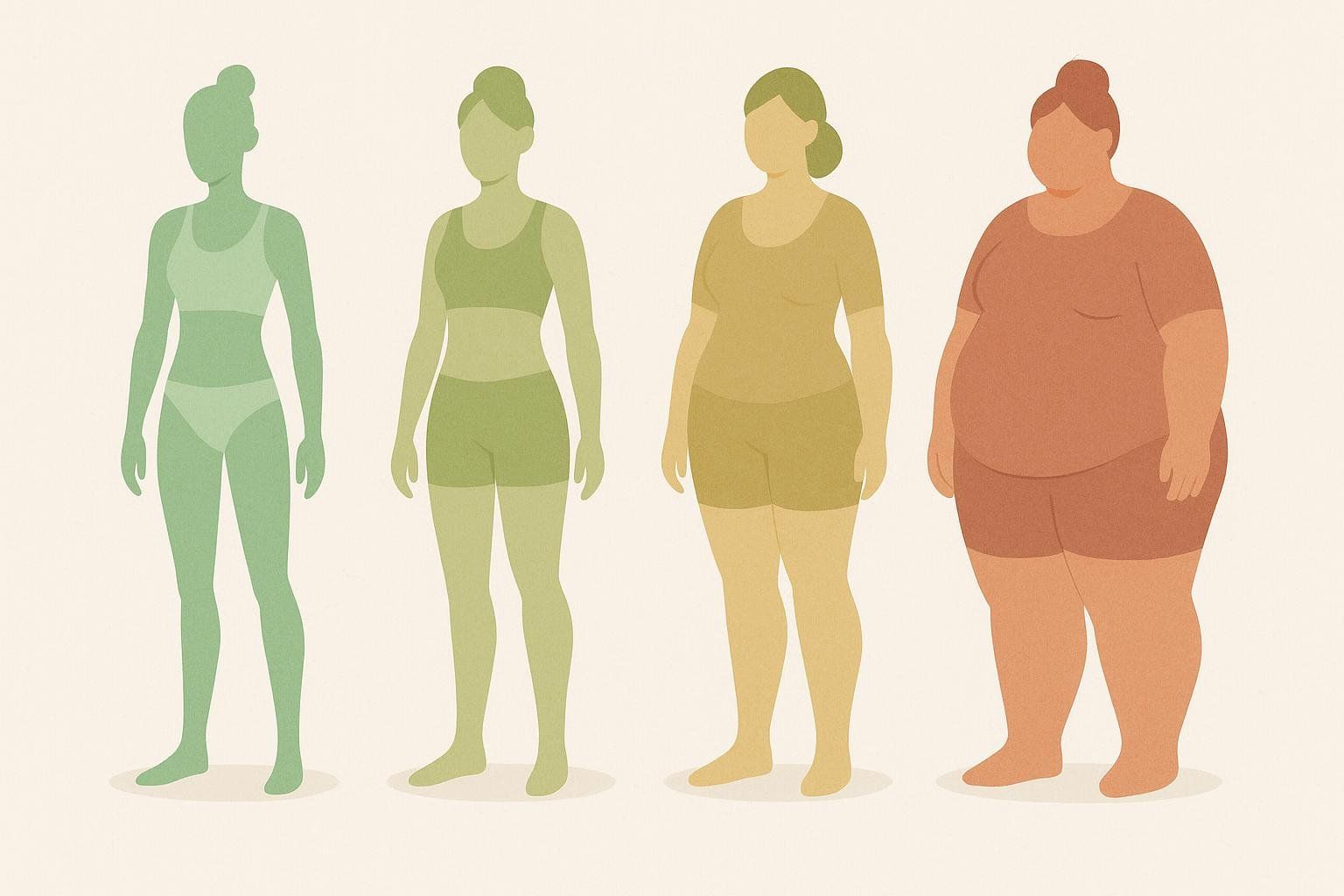
| Age Group | Essential | Athletic / Fit | Acceptable | Obese |
|---|---|---|---|---|
| 20–29 | 10–13 % | 14–20 % | 21–31 % | ≥32 % |
| 30–39 | 10–14 % | 15–21 % | 22–32 % | ≥33 % |
| 40–49 | 11–15 % | 16–22 % | 23–33 % | ≥34 % |
| 50–59 | 12–16 % | 17–23 % | 24–34 % | ≥35 % |
| 60+ | 13–17 % | 18–24 % | 25–35 % | ≥36 % |
Sources: ACE classification + CDC NHANES 2017–2020 mean values.
Methods for Calculating and Measuring Body Fat—and Why Results Differ
The chart values above assume accurate body-fat measurement. Yet readings can swing several percentage points depending on the tool you pick and even the time of day you test. Below is a deeper dive into common methods, their typical error margins, detailed calculation techniques, and how those inaccuracies can change where you land on the chart.
Body Mass Index (BMI) Method
Body Mass Index (BMI) is a commonly used method to estimate body fat percentage. While it provides a general estimation, it may not be accurate for individuals with higher muscle mass or different body compositions. BMI is calculated by dividing an individual's weight in kilograms by their height in meters squared.
BMI Formula: BMI = Weight (kg) / Height (m)²
It's important to note that while BMI is a convenient tool for a quick assessment, it does not take into account factors such as muscle mass, bone density, and distribution of fat. Individuals with high muscle mass, such as athletes, may have a higher BMI due to muscle weighing more than fat.
Skinfold Measurements
Skinfold measurements involve using calipers to measure the thickness of subcutaneous fat at various locations on the body. These measurements are then used in an equation to estimate body fat percentage. This method can be cost-effective but requires precision and expertise to ensure accurate results.
When performing skinfold measurements, it's crucial to take measurements at consistent sites and apply the correct amount of pressure with the calipers. The most common sites include the tricep, subscapular, and suprailiac areas. Factors such as hydration levels and the skill of the person taking the measurements can impact accuracy.
Bioelectrical Impedance Analysis (BIA)
Bioelectrical Impedance Analysis (BIA) measures body fat percentage by passing a low-level electrical current through the body, using the resistance encountered to estimate body fat. This method is non-invasive and easily accessible through handheld devices or smart scales.

| Method | Typical Error | What It Measures | When It Skews High | When It Skews Low |
|---|---|---|---|---|
| DEXA Scan | ±1–2 % | Total & regional fat, lean, bone, visceral fat | Presence of unremoved metal objects in the scan field (deviation from protocol) | Rare—tight quality control |
| Hydrostatic Weighing | ±2–3 % | Body density via underwater weighing | Incomplete water exhalation | Strong swimming skills (less trapped air) |
| BIA Smart Scale | ±3–6 % | Electrical impedance—infers composition from water content | Post-workout dehydration | Post-shower (wet feet conduct better) |
| Skinfold Calipers | ±3–5 % | Pinches subcutaneous fat at set sites | Inexperienced tester compressing skin | Very lean athlete with minimal pinch |
| Navy Circumference Formula | ±4–6 % | Tape measures neck, waist, hips | Large meal or bloating | Morning fasted, tall individuals |
Advanced Measurement Methods
DEXA Scan: A DEXA (dual-energy X-ray absorptiometry) scan is a non-invasive imaging technique that uses low-dose X-ray beams to differentiate between bone, fat, and lean muscle mass. It provides the most accurate measurements of body fat percentage and distribution, allowing detailed analysis of both visceral and subcutaneous fat.
Hydrostatic Weighing: This method involves being weighed while completely submerged in water. Based on the principle that muscle and bone are denser than water while fat is less dense, it calculates body density to estimate body fat percentage.
Air Displacement Plethysmography: This method measures body volume and uses it along with body weight to determine body density and estimate body fat percentage.
How measurement error affects your chart category
Imagine a 35-year-old man whose true body fat is 25 % (upper end of "acceptable"). A dehydrated BIA reading might under-report by 3 %, placing him at 22 %—comfortably in the middle of "acceptable." Conversely, a sloppy skinfold test could over-report by 4 %, bumping him into the obese threshold.
That's why consistency and method choice matter. If precision is critical—say, you're an athlete tracking marginal gains or a patient monitoring visceral fat—DEXA's lower error range keeps category shifts genuine, not just statistical noise. For a full comparison, see Comparing Body Fat Testing Methods.
Still relying on a bathroom scale? Book a 7-minute BodySpec DEXA scan and see the full picture—book at a location near you.
What Your Numbers Mean for Health
Body fat serves several vital functions in the body, including providing insulation, protecting internal organs, and serving as a source of stored energy. However, the amount and distribution of body fat significantly impact overall health.
The Role of Body Fat in Metabolism
Body fat plays a critical role in maintaining healthy metabolism. Adipose tissue, where body fat is stored, is not just a passive energy depot—it's an active endocrine organ that secretes various hormones and cytokines, collectively known as adipokines. These substances play roles in inflammation, blood pressure regulation, and immune function.
Body fat affects the production and regulation of hormones, including leptin and adiponectin, which influence hunger, satiety, and energy balance. Excess body fat can impair insulin sensitivity, leading to increased risk of type 2 diabetes. Research in Diabetes Care found that higher body fat correlates with lower insulin sensitivity Diabetes Care.
Health Implications by Body Fat Range
• Below Essential (🚩): Having extremely low body fat percentage, particularly in women, can lead to hormonal imbalances, reproductive issues, low energy, and impaired immunity. Inadequate body fat levels can affect menstruation, bone health, and fertility. Increase nutrient intake and dial back extreme deficits.
• Athletic / Fit: Typically linked to lower visceral fat and improved insulin sensitivity. This range is associated with optimal metabolic health and reduced inflammation.
• Acceptable: Common for the average U.S. adult. Health risk depends heavily on visceral fat distribution—DEXA can separate visceral from subcutaneous fat to provide a clearer health picture.
• Obese Range (⚠️): Carrying excess body fat—especially around the waist—raises the likelihood of heart disease, type 2 diabetes, and sleep apnea. High body fat percentage has been associated with increased risk of various health conditions, including cardiovascular disease and certain types of cancer. Research shows trimming even five percentage points of body fat can meaningfully lower these risks Harvard Health – Visceral Fat.
Expert Q&A
Q: Do women need higher body fat for hormones?
A: Yes. Dropping below ~15 % can disrupt estrogen production and menstrual cycles. One review found amenorrhea common in women with body-fat levels under 17 % Frisch, 1990. Aim for the athletic range, not essential, unless under medical supervision.Q: How often should I re-test?
A: Every 8–12 weeks is ideal—long enough for measurable change, soon enough to pivot.Q: I'm "skinny-fat." My BMI is normal but, as a 35-year-old man, my body fat is 26 %. What now?
A: At 26 %, you're in the obese range for your age group. Focus on resistance training to add lean mass, keep protein high, and monitor calories to reduce visceral fat. Check out our Skinny Fat Transformation Plan.Q: What's the difference between visceral and subcutaneous fat?
A: Visceral fat surrounds internal organs and is more metabolically active, contributing to inflammation and chronic disease risk. Subcutaneous fat is located just beneath the skin and is relatively harmless. Reducing visceral fat is crucial for improving overall health.Q: How can body fat percentage change over time?
A: Body fat percentage can change due to age, hormonal changes, diet, exercise, and genetics. In men, it typically increases with age due to decreased muscle mass and hormonal changes. Women experience fluctuations due to menstruation, pregnancy, and menopause.Q: How can a DEXA scan help optimize my health?
A: A DEXA scan provides detailed information about body composition and fat distribution, allowing you to identify areas for improvement and make informed decisions about diet and exercise. By monitoring changes over time, you can track progress and adjust lifestyle habits to optimize health.
Evidence-Based Strategies to Shift Your Body Fat Percentage
Nutrition and Body Fat Percentage
Achieving and maintaining healthy body fat percentage involves following a balanced and nutritious diet. Focus on consuming whole foods, such as fruits, vegetables, lean proteins, and healthy fats. Avoid excessive intake of processed foods, sugary drinks, and high-calorie snacks.
- Eat 25–35 % of calories from protein. Protein supports muscle repair and has a higher thermic effect than other macronutrients; find ideas in our guide to 25 High-Protein Snacks.
Exercise and Body Fat Percentage
-
Lift weights 2–4×/week. Muscle is metabolically active and helps keep body fat in check. Incorporate both cardiovascular exercises and strength training to build muscle and burn fat.
-
Mix in HIIT. Short, intense bursts can reduce visceral fat more effectively than steady-state cardio Journal of Obesity – HIIT Meta-analysis. Aim for at least 150 minutes of moderate-intensity exercise or 75 minutes of vigorous exercise per week.
Lifestyle Changes to Improve Body Fat Percentage
-
Sleep 7–9 hours. Chronic sleep loss elevates cortisol and visceral fat accumulation Sleep Foundation – Sleep & Weight. Getting adequate sleep is crucial for hormone regulation and metabolic health.
-
Manage stress levels. Chronic stress can lead to increased cortisol production, which promotes fat storage, particularly in the abdominal area.
-
Track with data, not guesswork. Repeat DEXA or other valid method every quarter for accurate progress monitoring.

The Bottom Line
A body-fat percentage chart is only useful if you measure accurately and act on the insights. Understanding your body fat percentage provides valuable insights into overall health and well-being that go beyond simple weight measurements. Whether you're chasing athletic definition or simply lowering health risks, a concrete number empowers smarter training and nutrition choices.
Monitoring changes in body fat percentage over time can help guide you toward a healthier lifestyle and prevent the development of chronic diseases. By combining regular exercise with a balanced diet and healthy lifestyle habits, you can work toward reducing excess body fat and increasing lean muscle mass, leading to improved metabolic health and overall well-being.
Ready to see where you stand? Schedule your next BodySpec DEXA scan and get data you can trust.
